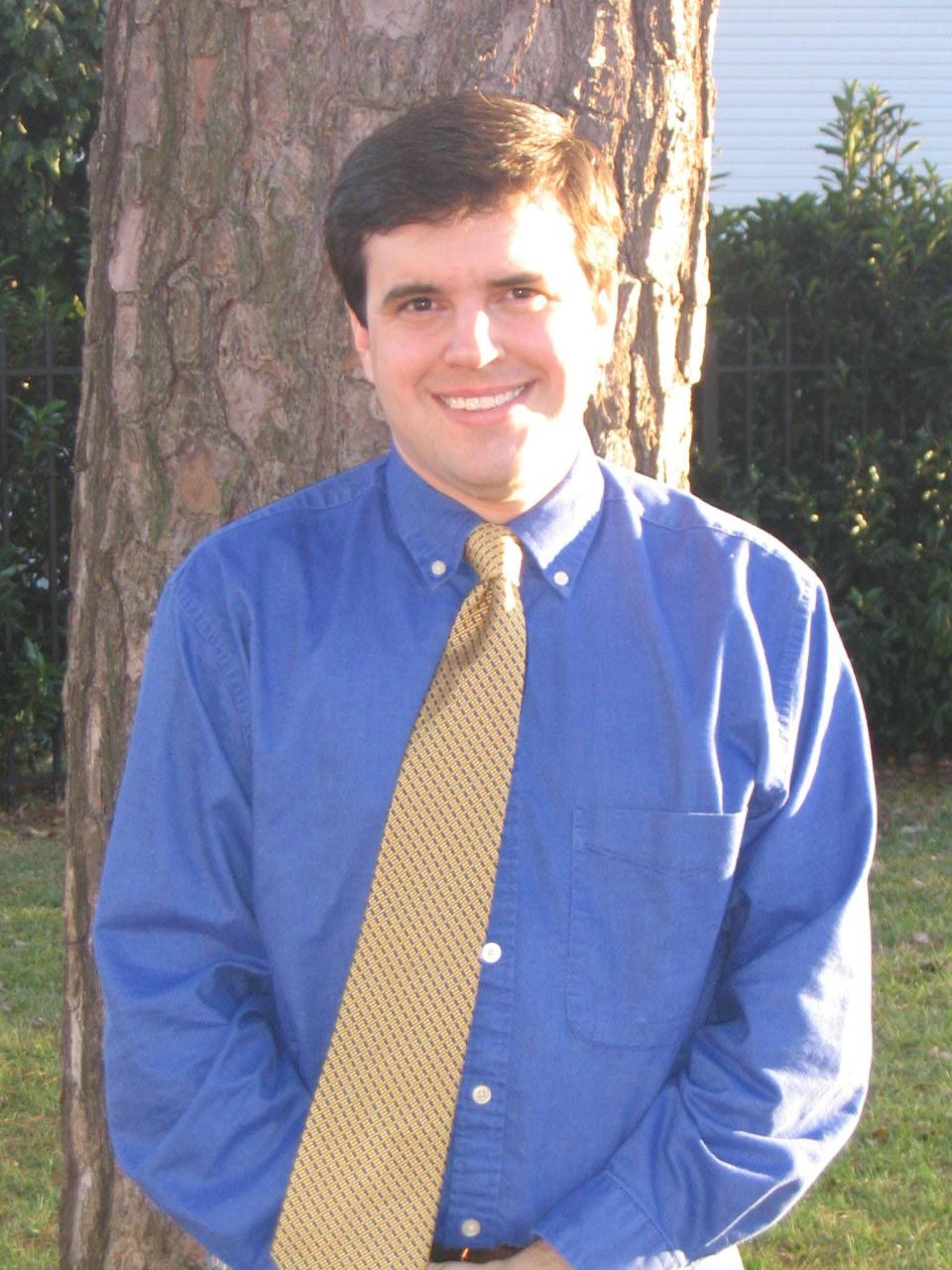Bridges: Lady Bird Johnson helped establish the scenic route of American roadways
- Oops!Something went wrong.Please try again later.
- Oops!Something went wrong.Please try again later.
- Oops!Something went wrong.Please try again later.
The American highway is a unique experience. Americans can travel anywhere at any time connected by a network of tens of thousands of miles of paved highways. Drivers can drive through farmlands, hills, dense forests, towering mountains, and flower-strewn prairies in a matter of hours compared to the days or weeks that same journey would require of nineteenth-century settlers. In Texas, the springtime views of whole fields covered in bluebonnets make driving the many miles all the more pleasant. And so much of the uninterrupted natural beauty of the byways and freeways of today is because of Lady Bird Johnson.
She was born Claudia Alta Taylor in December 1912 in Karnack, a small community in Harrison County near the Texas border with Louisiana. Her father, Thomas Jefferson Johnson Taylor, had been a success story in his own right – the son of a poor sharecropper who came to own 15,000 acres of prime cotton land, two thriving general stores, and one of the finest mansions in the area. As a young child, she picked up the nickname “Lady Bird” after her nursemaid said that she was “pretty as a lady bird.”

She graduated high school at age 15, attending Marshall High School in nearby Marshall, graduating third in her class. She then earned a history degree at the University of Texas in 1933 and a degree in journalism in 1934. It was in Austin in 1934 that she met Lyndon B. Johnson, then a congressional aide. Johnson proposed to her on the first date, but she managed to convince him to wait before they married ten weeks later.
Lady Bird Johnson helped her husband climb the political ladder. She helped him finance his first congressional campaign and would work behind the scenes and appear at campaign rallies with him. When her husband was elected vice-president in 1960, she continued to travel across the country and often served as a stand-in for First Lady Jackie Kennedy. After the assassination of President John F. Kennedy in 1963, she consoled Jackie Kennedy on the long flight back to Washington, DC, and in the weeks afterward as she and her children stayed at the White House.
Highway beautification had been a passion of the First Lady for a number of years. Johnson led a number of White House conferences on beautification and the environment. She had been quietly pushing her husband to enact legislation to improve the scenic beauty of the American roadway. Her vision was finally realized when President Johnson signed the Highway Beautification Act in 1965.
This act immediately limited the number and size of billboards along interstate highways and U. S. Highways across the country. It provided funding to help cities clean up local parks and helped fund the development and re-development of green spaces along highways. It limited the view of junkyards from view and encouraged state and local laws limiting dumping and pollution along highways. This immediately inspired community clean-up efforts across the nation and similar laws at the state and local level aiming to stop litter and pollution. States and cities also worked to create scenic roads, highways, and overlooks in the 1970s and 1980s while also encouraging the popular Pitch In! anti-litter campaign and the adopt-a-highway and adopt-a-street programs to control pollution.
In one speech, she said, “First, we shape our buildings, and then they shape us. The same is true of our highways, our parks, our public buildings, and the environment we create. They shape us.” She established Project Pride to encourage community groups and schools to reduce litter, especially in Washington, DC. Her projects inspired rehabilitation of vacant buildings, creation of new parks on empty lots, and the planting of flowers and trees in dilapidated parks and green spaces, particularly at national historic sties across the nation’s capital.
The Johnsons returned to Austin after LBJ’s presidency ended in 1969. Beautification continued to be an important project for Lady Bird Johnson. She worked with Austin city leaders on improvement of the Town Lake area, today a popular park area. In 1982, she co-founded the National Wildflower Research Center near Austin with Helen Hayes. The center was renamed for Johnson in 1994.
Lady Bird Johnson died at age 94 in 2007. A number of schools and buildings have since been named in her honor, and she received many awards for her work. In 2007, Austin’s Town Lake was also renamed Lady Bird Lake in remembrance of her work.
Ken Bridges is a writer, historian and native Texan. He holds a doctorate from the University of North Texas. Bridges can be reached by email at drkenbridges@gmail.com.
This article originally appeared on Amarillo Globe-News: Bridges: Lady Bird Johnson helped establish US roadways' scenic route

